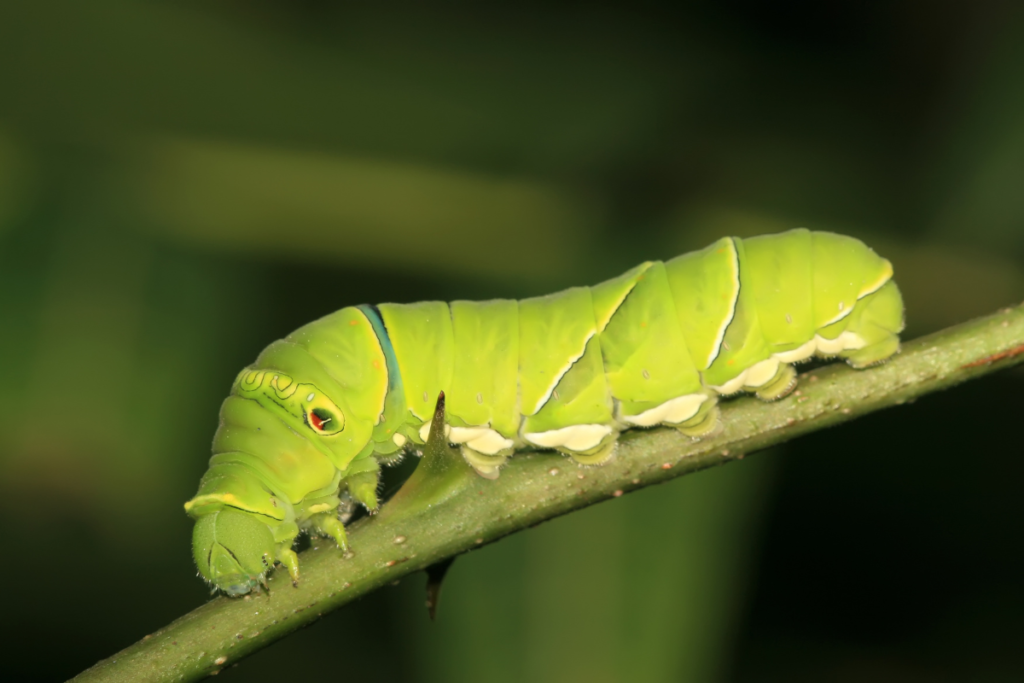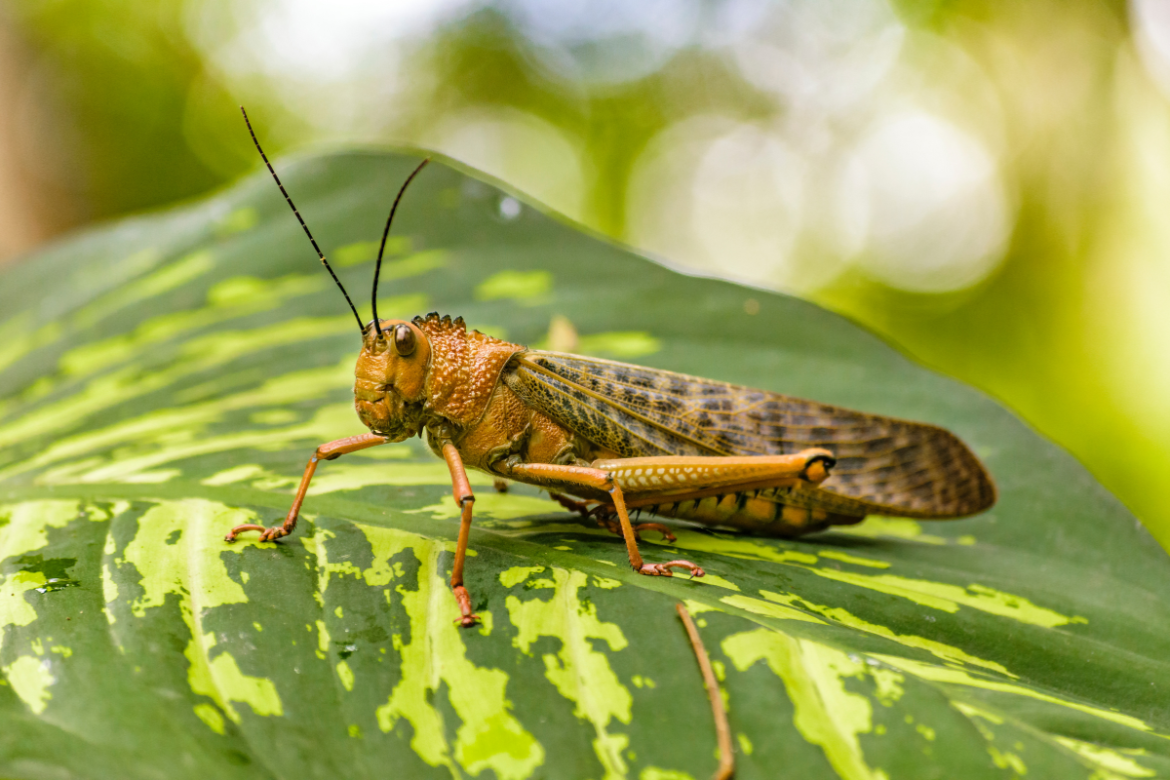In the intricate tapestry of Earth’s ecosystems, insects emerge not merely as participants but as pivotal characters in the narrative of life. These tiny creatures, often overlooked or dismissed by the casual observer, hold the keys to the survival and prosperity of many species, particularly our feathered friends, the birds. The relationship between birds and insects is a testament to the intricacies of nature’s interconnectedness, a dynamic that ensures the thriving of biodiversity across the globe.
Insects play a monumental role in facilitating numerous natural processes—from pollination and pest control to decomposition and serving as vital links in the food chain. Without insects’ incessant buzz and flutter, the world as we know it would stagger toward ecological imbalance, threatening the very fabric of life.

An astonishing 96 percent of terrestrial North American bird species rely on insects at some juncture in their life cycle. The migratory species of birds synchronize their journeys to coincide with periods of insect abundance, providing sustenance during their arduous travels and contributing to their breeding success and nurturing their young. A protein-rich diet comprising caterpillars and other insects enables fledgling migratory birds to grow swiftly, amassing the energy reserves essential for their impending voyages.
The world of insects, once teeming with life and activity, is now experiencing a steep decline, signaling a distressing trend that has far-reaching implications for the birds that depend on them. This decline in insect populations portends dire consequences for birds, mainly aerial insectivores such as the Common Nighthawk, swallows, and flycatchers, who rely heavily on insects caught mid-flight. The alarming decrease in aerial insectivores underscores the urgency of addressing the decline in their primary food source.

The factors contributing to the decline of insects—habitat loss and pesticide use—also threaten birds directly and indirectly. The destruction of quality habitats renders both birds and insects vulnerable. At the same time, the introduction of pesticides into the environment wreaks havoc on the delicate balance of ecosystems, eliminating vital plant and insect life and exposing birds to poisonous substances.
As we face the challenges insects and birds are up against, it’s heartening to note that actions beneficial to one group invariably aid the other. Efforts to mitigate habitat loss, curb pesticide use, and foster biodiversity can contribute to the resurgence of insect populations, supporting the health and diversity of bird species. In this interconnected world, what is good for insects is indeed good for birds. This realization underscores the need for concerted conservation efforts to preserve the intricate web of life that sustains us all.
 Food
Food Farmers
Farmers Sustainable Living
Sustainable Living Living Planet
Living Planet News
News